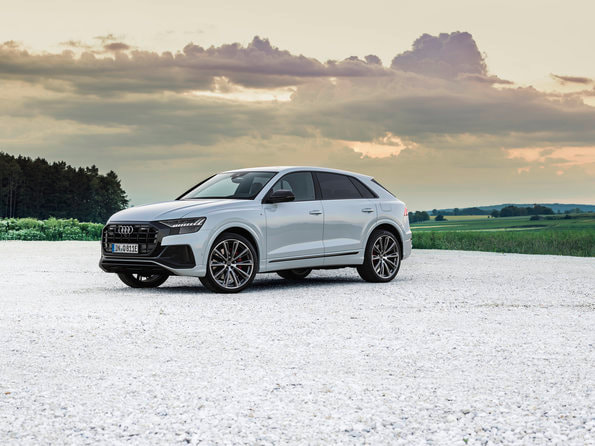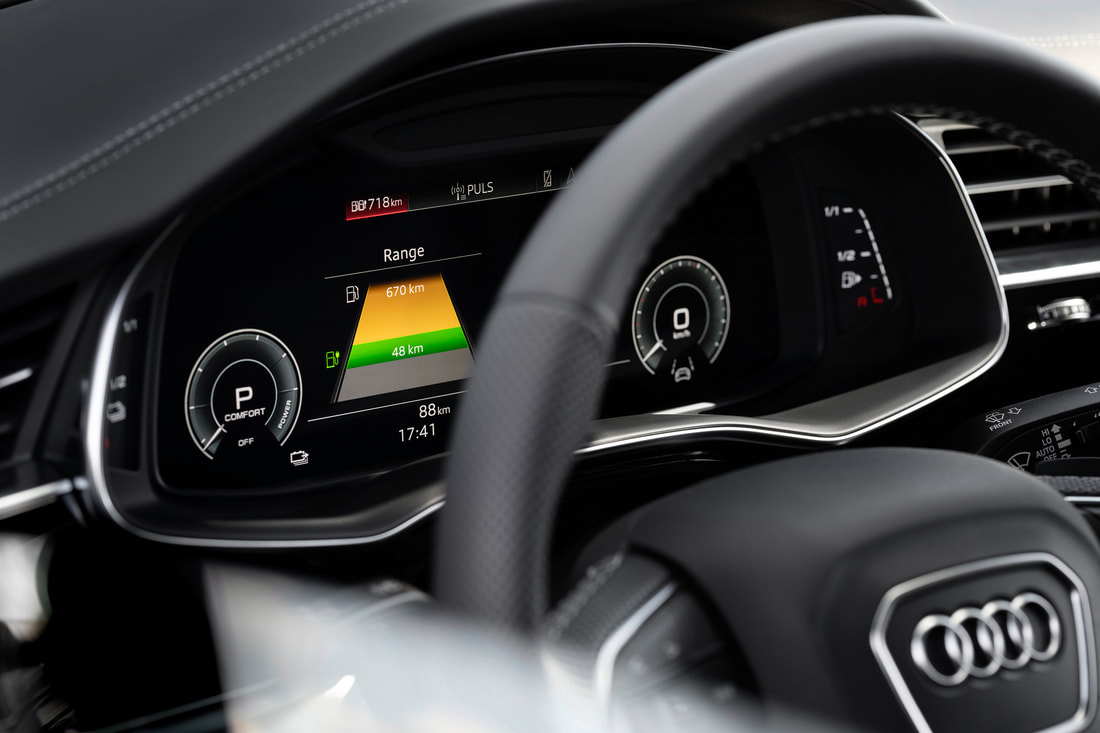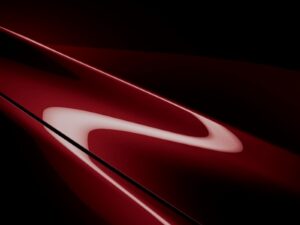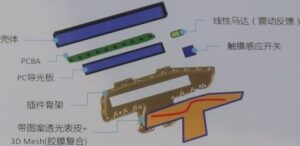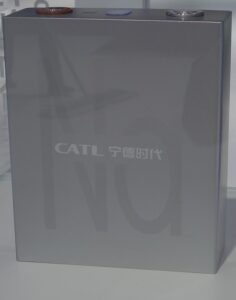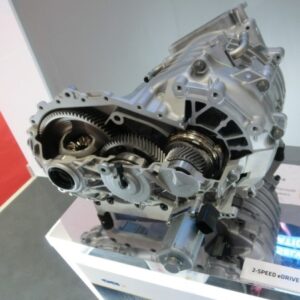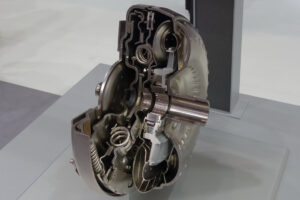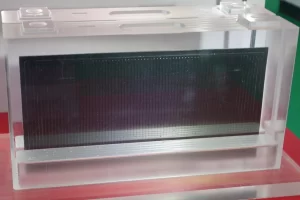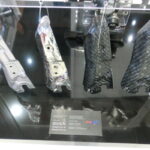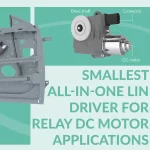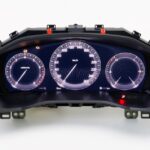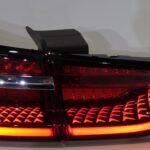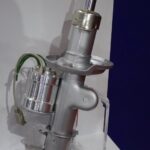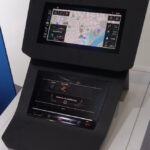Liquid cooling, which forms its own low-temperature circuit, is an important factor for the energy capacity and performance of the battery. If necessary, it can be connected to the coolant circuit for the air conditioning system or coupled with the second low-temperature circuit, which controls the temperature of the electric engine and power electronics. It converts the direct current from the battery into three-phase current to power the electric motor. During recuperation, it feeds direct current back to the battery.
The electric motor and the 3.0 TFSI transmit their forces to an eight-speed tiptronic that shifts quickly and comfortably. Its electric oil pump ensures the supply even when the V6 gasoline engine is deactivated. The quattro permanent all-wheel drive system uses a center differential with purely mechanical regulation. During normal driving operation, it distributes 40 percent of the torque to the front axle and 60 percent to the rear; if needed, it can direct the larger share of power to the axle with better traction. Up to 85 percent can be distributed to the front axle and up to 70 percent to the rear axle.
When the adaptive cruise assist system (optional) is activated, the predictive efficiency assist becomes active not only during deceleration but also during acceleration. If it is switched off, it provides the driver with prompts that indicate when it would be sensible to take their foot off the right-hand pedal: The driver feels an impulse in the active accelerator pedal and sees information displayed on the head-up display (optional) and the Audi virtual cockpit (standard).
The Q8 TFSI e quattro can be equipped with many state-of-the-art driver assist systems. One of the most important of these systems is the adaptive cruise assist, which can take over the majority of the operations for accelerating, decelerating, and keeping in the lane for the driver over long distances without relieving them of their responsibility. A vehicle safety test performed by Europe’s most important committee, the NCAP consortium, focused on level-2 systems: The Q8 achieved the top score in this practical test.
With the myAudi app, customers can use customized services from Audi connect on their smartphones. These services allow them to check the battery and range status, start charging processes, program the charge timer, and view the charge and consumption statistics. The charging stations are listed in both the app and the MMI navigation plus. Another function of the myAudi app is the pre-entry climate control of the interior before starting the journey. Depending on the equipment, the steering wheel and seat heating as well as the seat ventilation can be activated.
In addition to the cable for the garage, the Audi Q8 TFSI e quattro also includes a mode 3 cable for public charging terminals. Upon request, a charging service owned by Audi, the e-tron Charging Service, grants access to 150,000 AC charging points in Europe with just one card.

